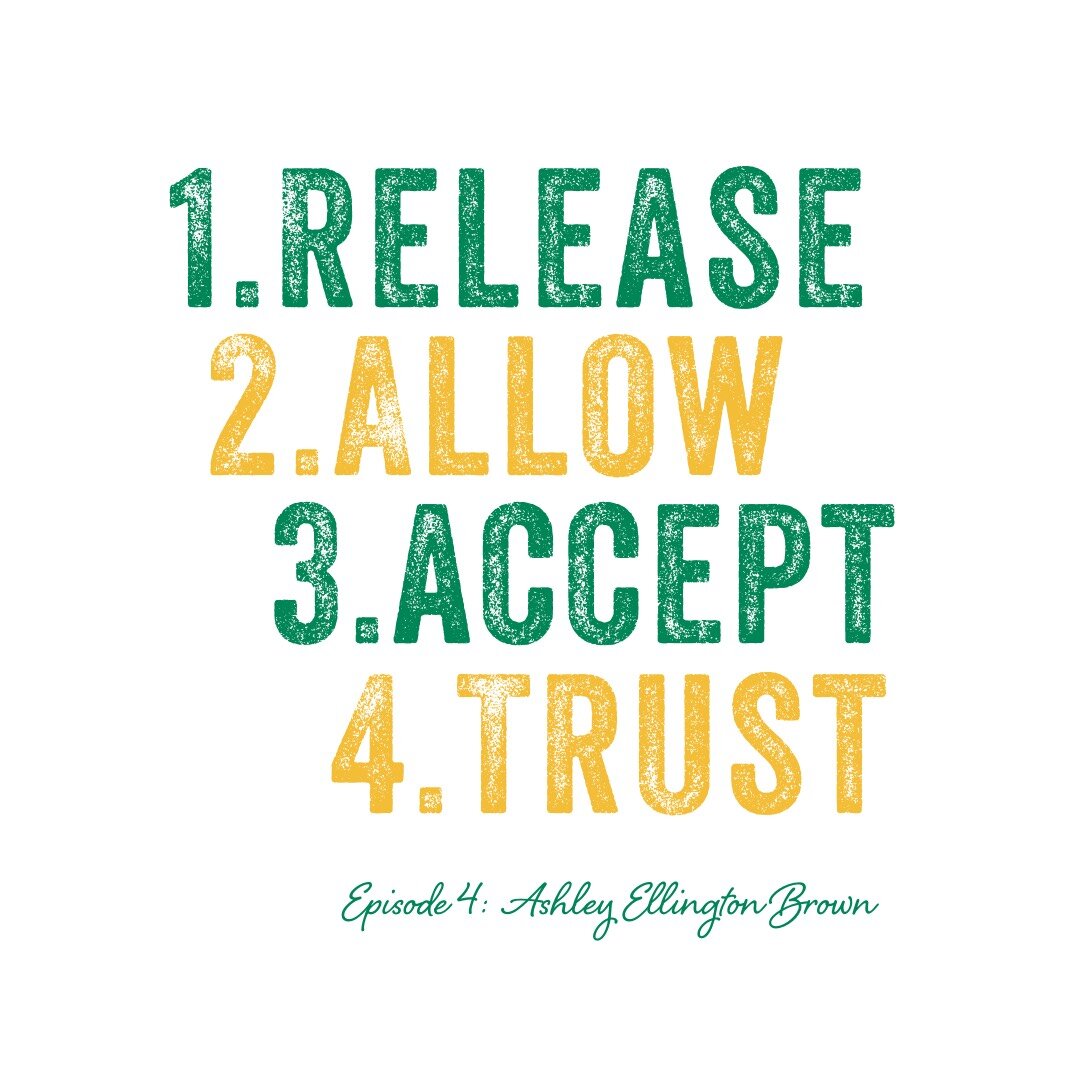Happy New Year! After the rush of the holidays and then some (too short!) recovery time, I’m finally starting to think about the year ahead. I don’t know about you, but to me it seems like time has sped up and the year is already rushing by. Filling your calendar with to-dos, reminders, and appointments can feel overwhelming and disheartening, especially when the weather is gloomy outside.
For a moodboost, consider also planning for joy. This is an idea I first heard about from Ingrid Fetell Lee, author of Joyful: The Surprising Power of Ordinary Things to Create Extraordinary Happiness (which I’ve talked about here before). I read an article by her in which she discusses her annual planning process and says she’s always enjoyed setting goals, but realized she was forgetting something important: to plan for joy.
Lee explains, “Every year we sit down and plan how we’re going to be better people, more rigorous and diligent and considerate people. We write out the achievements we aspire to: the weight loss or the muscle strength, the pages written or published, the milestone markers we hope to see in the sideview mirror as we whizz past. In the process, we forget to plan for joy.
“It’s not that we shouldn’t plan for our big dreams and goals. These are the seeds of future joy, and well worth cultivating. But as we train our sights on these distant hopes, the small joys can easily get lost in the shuffle. …
“I think we forget to plan for joy because we think of joy as something that just happens, not as something that we make happen. In our minds, joy is spontaneous and effortless. Yet if we think about it, many of our most joyful moments — the picnic in the park or the family vacation, the birthday party or the nature hike — exist only because someone thought to plan for them.”
When I read this, I realized that even though I make a practice of being a “joy detective,” I usually think of it as looking for joyful moments, rather than actively planning for them. On her website, Lee offers a free “Joylist Planner” PDF that you can download. It has categories to help you come up with different types of experiences to plan, like people to see, occasions to celebrate, and field trips/local adventures. Here’s the link if you want to give it a try!
This reminds me of another uplifting idea from life coach Katherine North. She suggests that we plan multiple treats for ourselves in advance, scheduled throughout the year—anything from small delights like pedicures or massages to larger indulgences like vacations.
If we go ahead and put them in the calendar now, not only will we ensure that we’ll actually do them, but it also gives us things to look forward to. Research shows that anticipating something joyful can be almost as joy-inducing as the experience itself! (I think this is one of the reasons I enjoy planning trips so much.)
I love this idea, and am brainstorming some fun treats to schedule for myself. But we don’t have to wait for a vacation or other future event; we can also make time for joy every day. Indulging in what we find pleasurable on a regular basis is a wonderful way to enhance our enjoyment of life. We can scatter moments of joy throughout the day by indulging in simple pleasures, such as savoring a good piece of chocolate or connecting with an old friend.
In Simple Abundance: A Daybook of Comfort and Joy, Sarah Ban Breathnach calls these “Joyful Simplicities.” She says: “Joyful simplicities nourish body and soul by engaging our senses. They teach us how to live in the present moment. Life comes together when we seek out the Sublime in the ordinary. …There’s a lot of drudgery to most of our days … To keep our daily round from being all drudgery, we’ve got to savor the art of the small: discovering diminutive delights that bring us peace and pleasure.”
What’s your favorite treat? What little activities do you love? What makes you happy? You can create a “bliss list” of your favorites and then make a point of fitting in as many as possible each week. My bliss list includes sitting in the sun, listening to jazz, and reading.
You can also create “seasonal joy lists”—lists of activities you love to do each season that either can only be done then, or that heighten your enjoyment of the season (like drinking hot chocolate or sitting by the fire in the winter, or eating watermelon in the summer).
I encourage you to try one (or all!) of these ideas and start scattering moments of joy, both small and large, throughout your life! Let me know how it goes!









